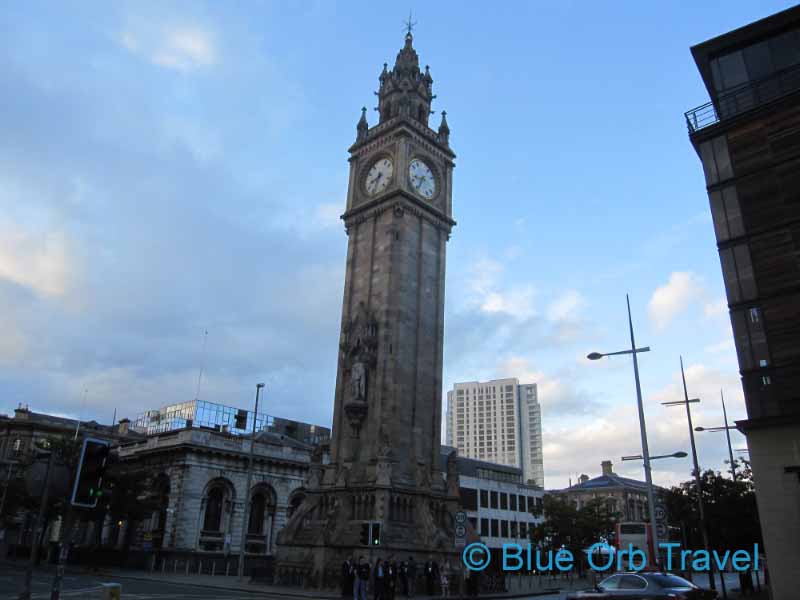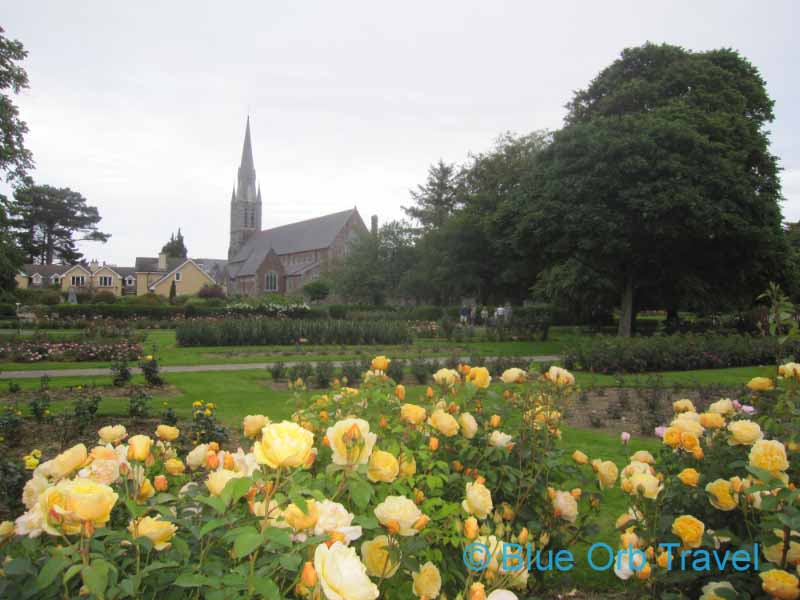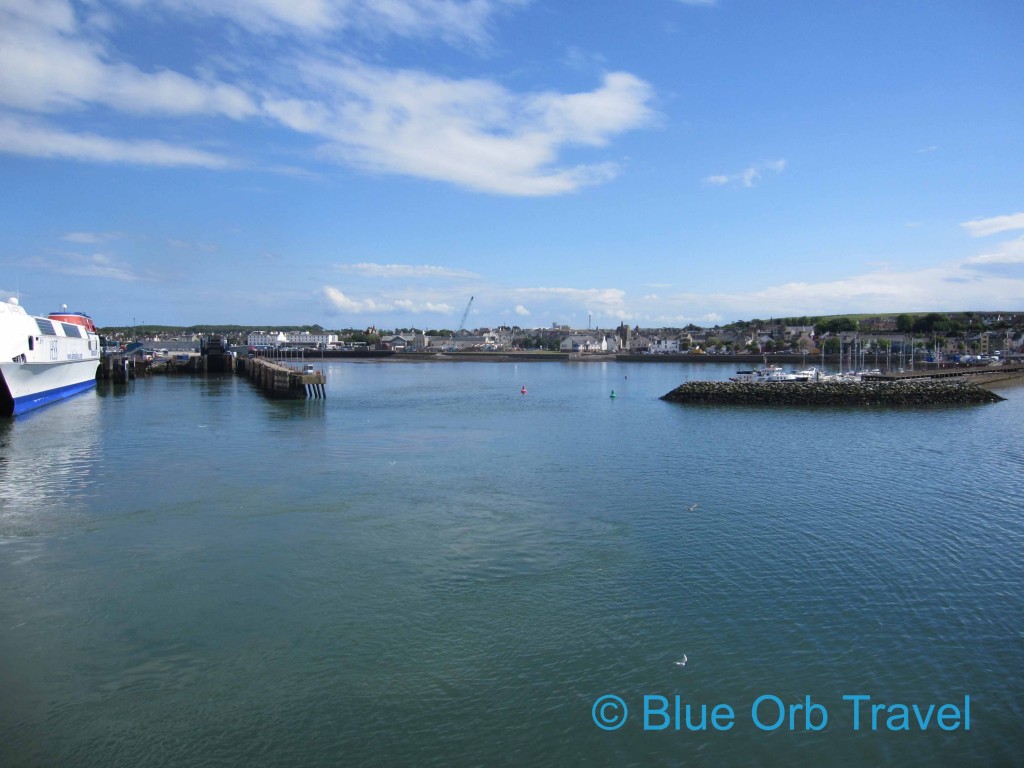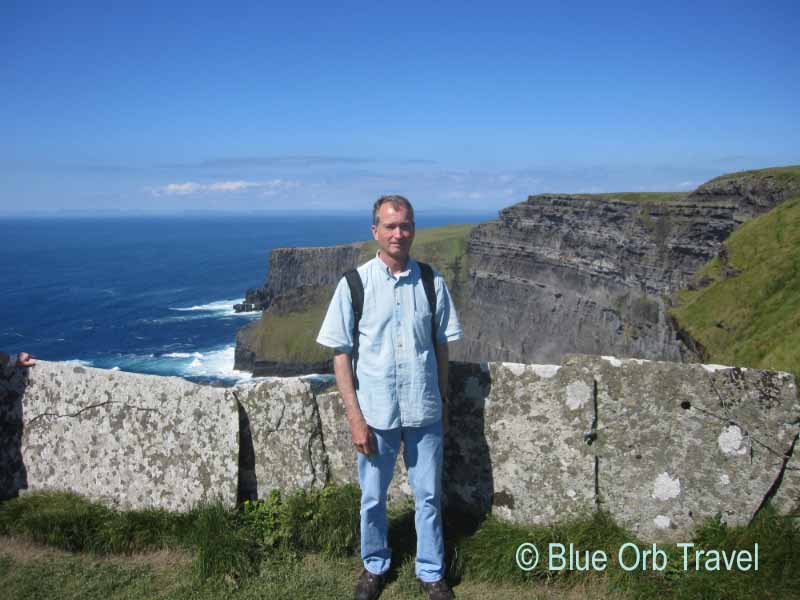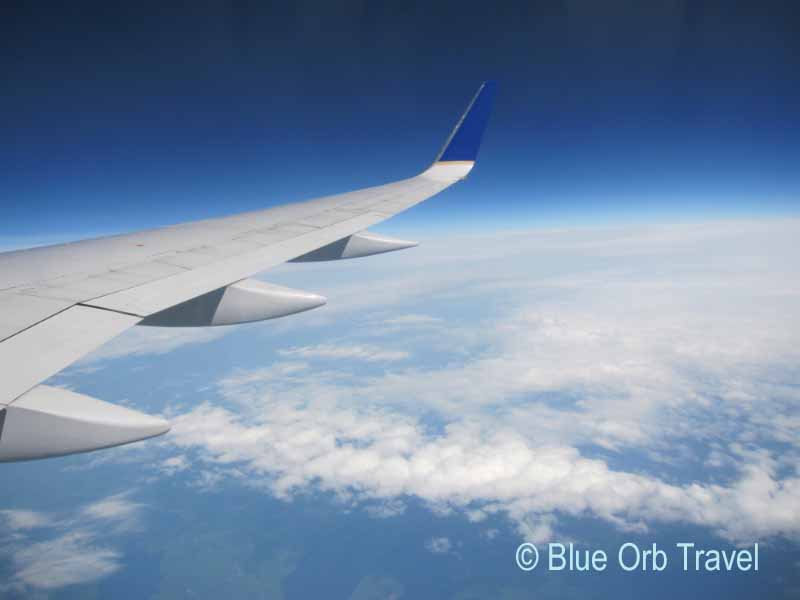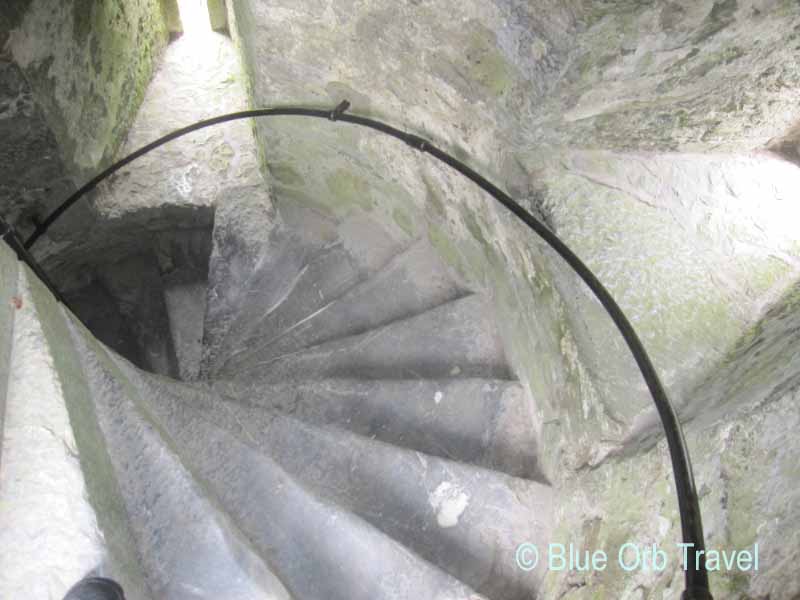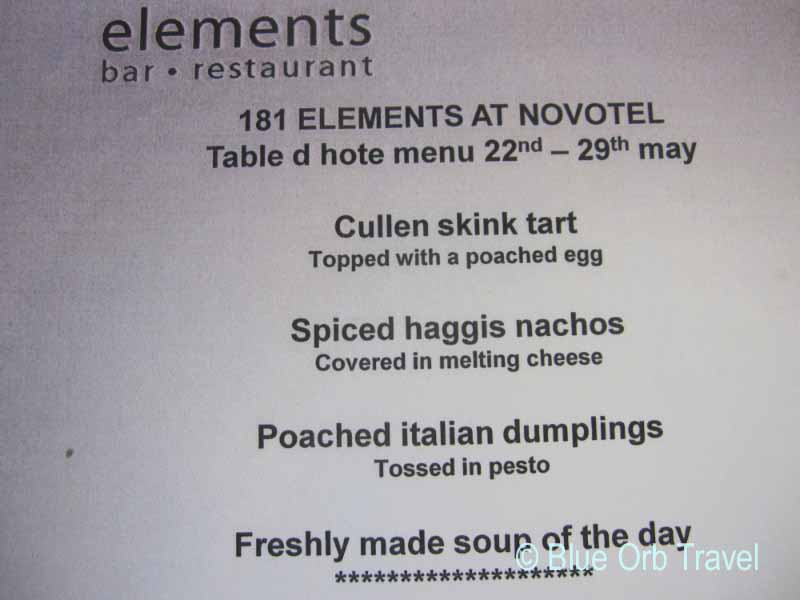Sligo, Ireland
Sligo, Ireland…Home of William Butler Yeats
It would be difficult not to notice how proud the inhabitants of Sligo are that the famous Irish poet William Butler Yeats called this town his home and that it is now his final resting place. Born in Dublin in 1865, Yeats spent much of his childhood in Sligo and in 1923 was the first Irishman to be awarded the Nobel Prize in Literature primarily for ‘his inspired poetry’. Although he died and was buried in France in 1939, his body was returned to Sligo in 1948, fulfilling the prophesy from his 1938 poem, ‘Under Ben Bulben’, referring to the nearby mountain.
Under bare Ben Bulben’s head
In Drumcliff churchyard Yeats is laid.
An ancestor was rector there
Long years ago, a church stands near,
By the road an ancient cross.
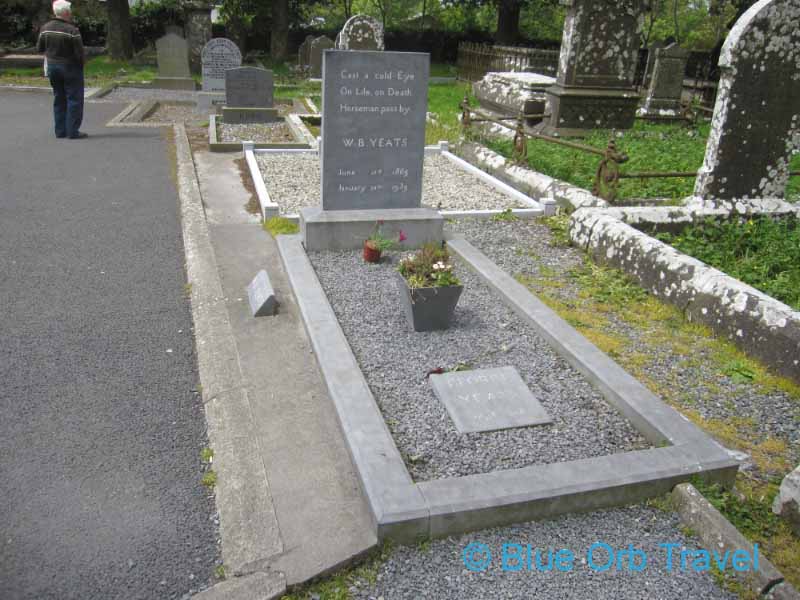
Visitors to Sligo can visit Yeats’ simple grave in the churchyard of St. Columba’s Church in Drumcliffe just outside of Sligo. Also nearby are the Celtic High Cross (the ancient cross from the poem above) dating back to the 9th century and the Round Tower of a monastery built on the site dating back to 575. From this location there is a spectacular view of the huge rock formation known as Ben Bulben which towers 1700 feet into the sky, dominating the skyline of all of County Sligo.
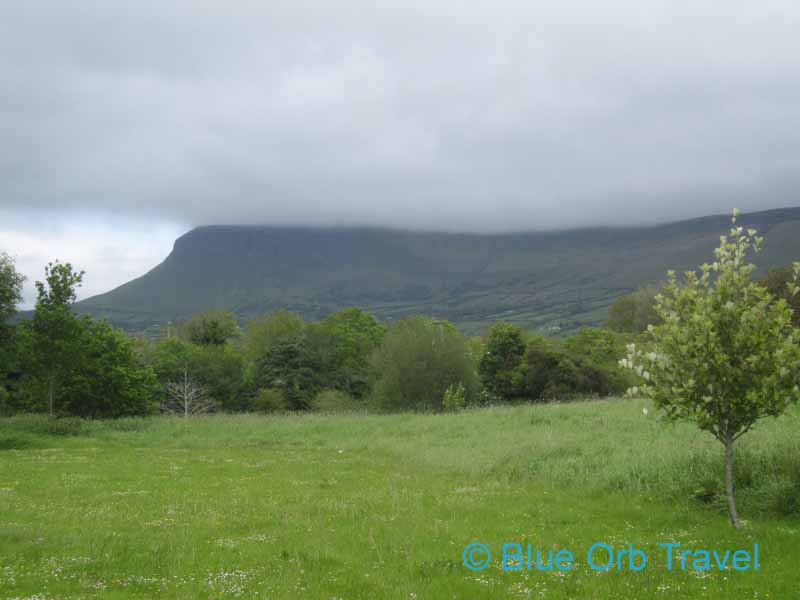
The Town of Sligo
A river runs through it and it is a fast flowing one with lots of salmon! As the Garavogue River winds its way through the town of Sligo it is traversed by several picturesque bridges and dotted with fishermen trying their luck along the way. The word Sligo is thought to mean ‘shelly place’ in reference to the amount of shellfish that abound in the region.

Sligo Town, as it is affectionately known, is a combination of quaint, old shop lined streets mixed in with newer structures like the ultramodern Glasshouse Hotel and more mundane facilities like the Tesco Supermarket and shopping arcade. Incidentally, I loved the Tesco Supermarkets all across Great Britain and visited them regularly throughout my trip to stock up on snacks and picnic items!
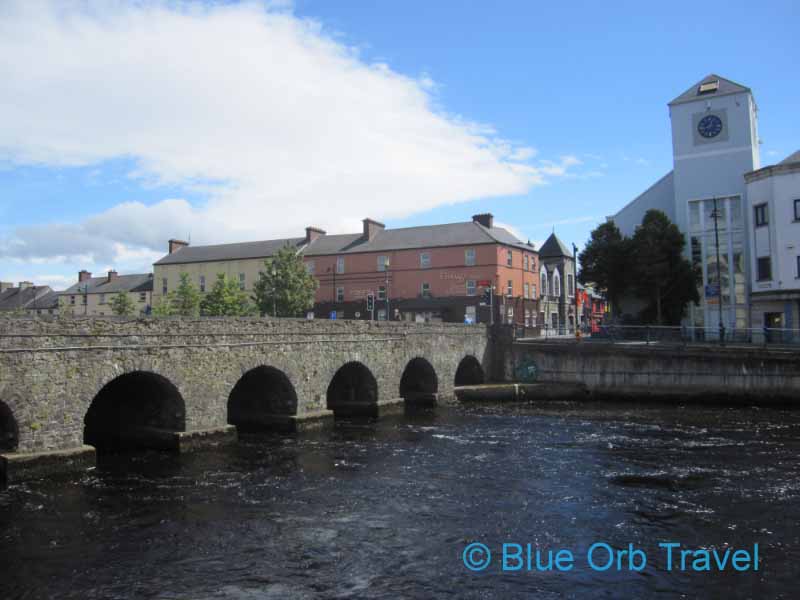
A visit to the Sligo Tourist Office will get you started on a self guided walking tour of the town that will lead you to a number of well marked sites like the Yeats Memorial Building, the City Hall and Courthouse, Sligo Abbey founded in 1253 and several beautiful cathedrals and churches. The Tourist Center is co-located with a Genealogy and Heritage Centre where you can trace your Irish roots.

The Beach at Strandhill
I found a wonderful Bed and Breakfast called McGettigan’s An Cruiscin Lan right in the heart of Sligo which I will feature in my next article. The proprietor, Liam McGettigan, recommended a side trip to the beautiful nearby coastal resort area known as Strandhill Beach, so in the late afternoon I bought a $7 roundtrip bus ticket and hopped on board for the short ride outside of Sligo. Located on the Atlantic Ocean, the breakers were awesome and large waves apparently attract a lot of surfers when conditions are right, although it is not considered safe to swim there. I followed the beautiful walking paths along the beach in and around the sand dunes and enjoyed mingling with the locals who were out for a stroll on a beautiful day.

In the vicinity of Strandhill Beach there is a trailer park, golf course and airport as well as pubs, restaurants and overnight accommodations. Looking back inland visitors get an impressive view of the 1,000 foot high limestone hill known as Knocknarea Mountain. I must admit that I had not heard of Sligo before my trip to Ireland, but I am so glad I stopped there. I would definitely recommend a visit to this beautiful, friendly town to anyone planning a trip to Ireland.

A Sad Historical Note
It was in the waters off the coast of County Sligo that Lord Louis Mountbatten, cousin of Queen Elizabeth II, was assassinated in 1979 when his boat was blown up by an IRA bomb. Three others were also killed in the attack. Mountbatten was visiting his nearby family castle at Mullaghmore at the time. He was 79 at the time of his death. Mountbatten was the last Viceroy of India and the first Governor-General of the Independent Union of India, the precursor to the current Republic of India which emerged in 1950.
Come Fairies, take me out of this dull world, for I would ride with you upon
the wind and dance upon the mountains like a flame.
‘The Land of Heart’s Desire’
William Butler Yeats, 1894











